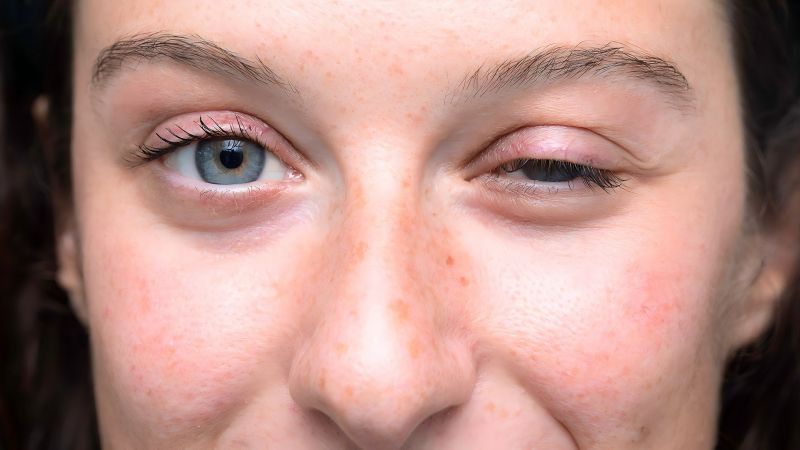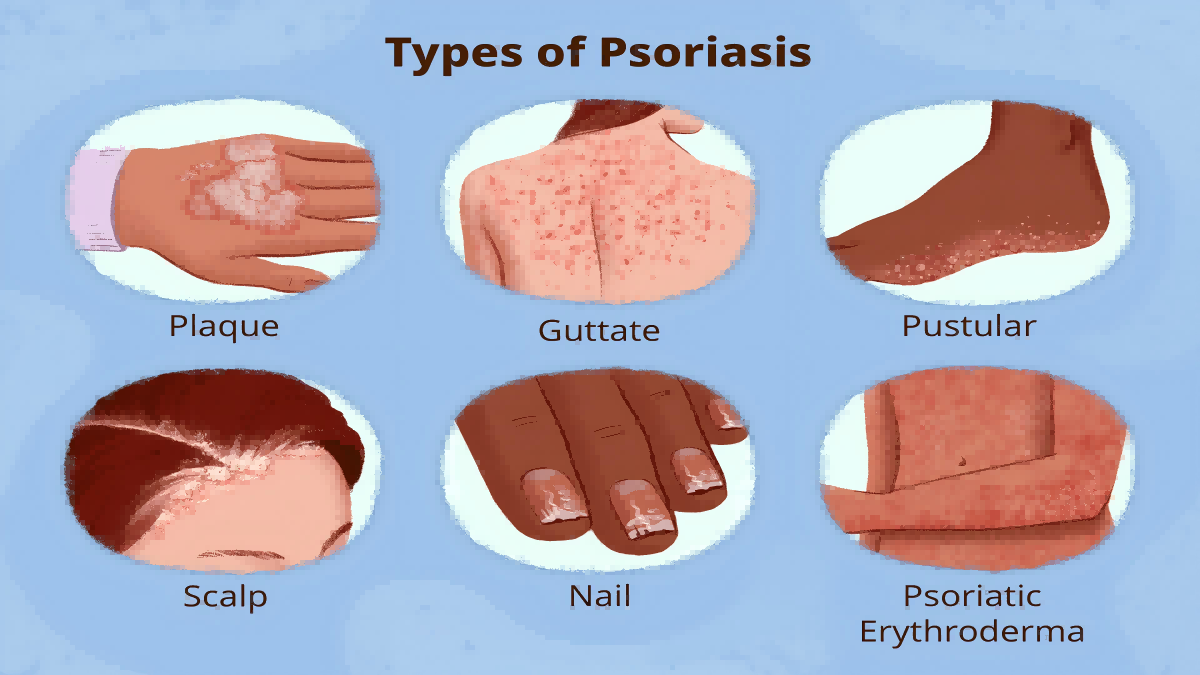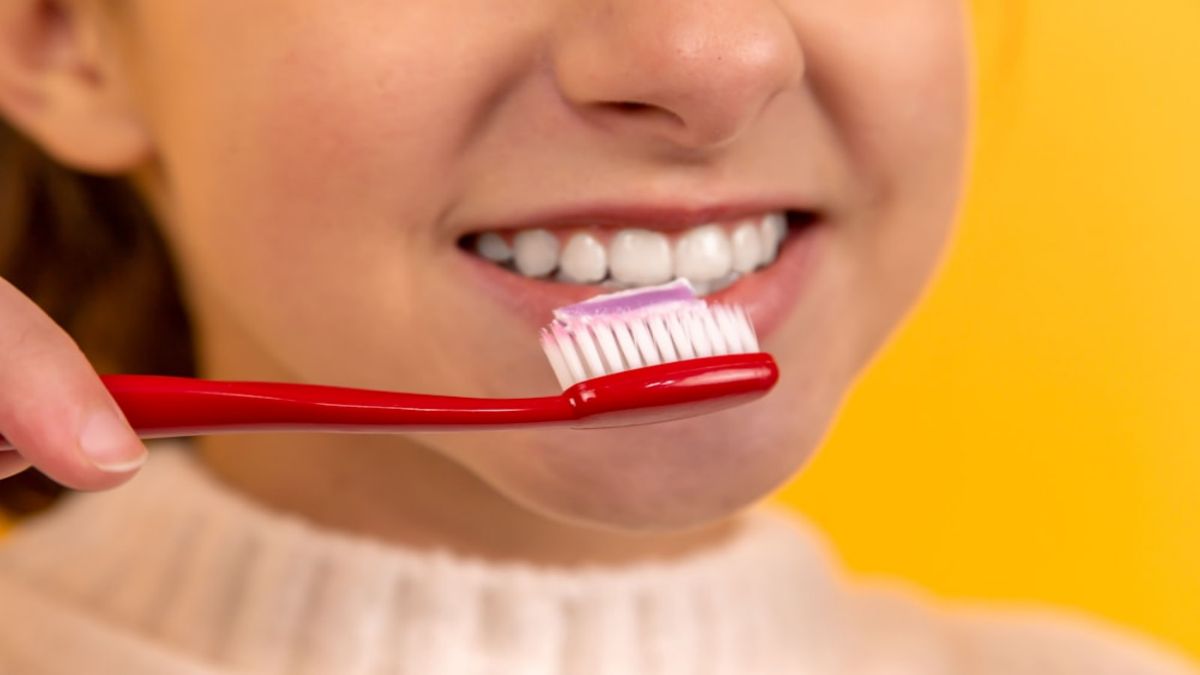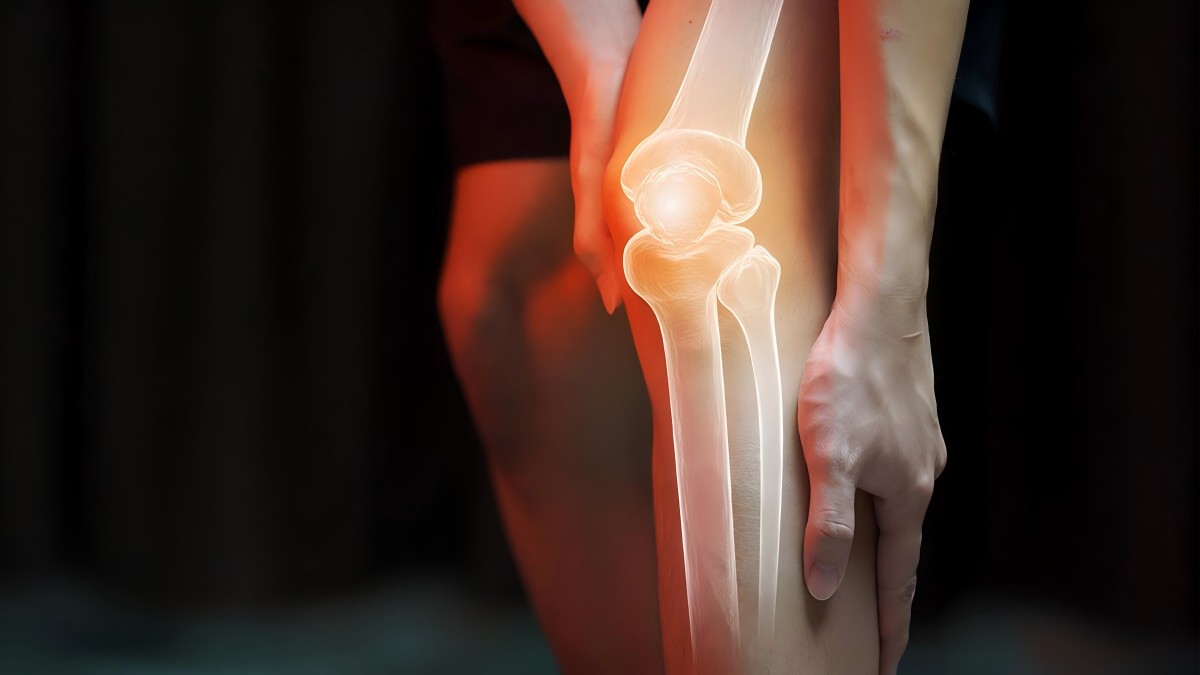How Modern Technology is Revolutionizing Hearing Aids
Modern technology is changing hearing aids, making them better and easier to use. Advances in AI and machine learning help hearing aids adjust to different environments for clearer sound.
Bluetooth lets them connect with smartphones and other devices easily. Rechargeable batteries are convenient and eco-friendly, so you don't have to change them often. Plus, hearing aids are now smaller and less noticeable, which makes them more comfortable and stylish.
These improvements are making life better for users and making hearing aids more appealing and available to more people. Let’s take a look into some of the modern technology that is propelling hearing aids forward.
AI-based Audiology Technology
AI is making big changes in audiology. It helps audiologists access better data and make smarter decisions.
AI also boosts hearing aid performance. It can improve how people experience their hearing aids, making them happier with the devices.
For example, AI can learn about a person’s needs and preferences. Imagine someone dining out with friends. AI helps the hearing aid focus on the conversation at the table and block out background noise, like dishes clanging.
If the user wants to adjust these settings, they can use an app or push a button. AI can remember these preferences and adjust automatically in similar situations in the future.
Advanced health tracking features improve management of hearing health
Recent advances in technology have enabled even basic hearing aids to include heart rate sensors for tracking health and fitness. They can also monitor movement, sleeping patterns, and other important health statistics. It enhances the overall functionality of the hearing aid.
These devices can even send alerts to users or their healthcare providers concerning changes in their hearing condition.
This helps in drawing people to the clinics so that they may get their hearing checked. This is a breakthrough development that is slated for use by some of the major clinics around the world.
Machine learning in hearing aids
Machine learning is expanding and changing the audiology industry for the better. It is a part of artificial intelligence, which enables the devices to emulate certain smart operations. These systems solve complex tasks, like humans do.
With machine learning, it is possible to optimize the settings of the hearing aids according to an individual’s requirements and the degree of hearing loss.
It provides more fine-tuned personalized hearing solutions for the patients. New, powerful chips will make it even easier to quickly create custom hearing aid settings. This will improve the overall user experience.
Hearing aid apps are getting smarter
Hearing aid apps aren’t new, but they’re leveling up. Now, users can tweak their settings and keep an eye on their hearing health all from their phones.
These apps let you adjust your hearing aids on the fly. You can change the volume, fine-tune the frequencies, or switch between listening modes. Whether you’re at a noisy café or chilling at home, you’re covered.
Some apps even throw in speech recognition and language translation. Talking to others just got easier for those with hearing loss.
And guess what? Future apps will get even cooler, with more features and tricks up their sleeves.
Directional microphones
Innovative directional microphones represent an important advancement in the hearing aid space. These microphones have the ability to zoom in on speech if the speaker is straight in front of the listener and turn down the background noise.
This approach is particularly useful when conversations need to take place in noisy environments, such as busy streets or in a reception hall.
Most of the current models of hearing aids have more than one microphone mode. This allows the users to switch from one to the other when required. For instance, one can focus on sound directly in front of you or widen the range to hear sounds from all directions.
This is ideal for our daily lives, where we find ourselves in different environments throughout the day. Whether you are having a cozy conversation in your home or having a great time with a big crowd, directional microphones are your friend.
Remote Adjustments
Thanks to telehealth, hearing care just got a whole lot smarter. Now, audiologists can fine-tune your hearing aids without you ever leaving your couch.
Whether you're juggling a packed schedule, dealing with mobility issues, or living miles away from the clinic, remote adjustments have you covered. Just fire up an app, and boom—real-time tweaks to suit your environment.
Not only does this save you time, but it also gives you more control. Need a quick volume boost or an issue fixed on the spot? No problem. Audiologists can even keep an eye on your device remotely, spotting any hiccups before they become a nuisance.
As telehealth continues to evolve, expect even faster, more tailored hearing care right at your fingertips.
Deep Neural Networks (DNNs)
DNNs are sophisticated types of self-learning systems within computers. They quickly perform tasks since they operate like the human brain. Sometimes, they even outperform humans in certain tasks.
In hearing aids, DNNs mimic how the brain processes sound. This helps users hear more naturally.
DNN-powered hearing aids improve sound quality and make speech clearer. They use special algorithms to reduce background noise and focus on voices. This creates a more personal and immersive listening experience.
Just like Facebook uses DNNs to recognize faces, hearing aids use them to identify familiar voices. This makes sounds sharper and easier to understand.
Modern technology is turning hearing aids into high-tech wonders. From AI that learns your preferences to apps that let you fine-tune settings on the go, these devices are more advanced than ever.
Remote adjustments make it easier to get help without leaving home, and deep neural networks mimic the brain to give you clearer, more natural sound.
With features like health tracking and directional microphones, hearing aids are no longer just about hearing—they’re about enhancing your entire lifestyle. The future of hearing care is here, and it’s both smart and stylish.
OTHER NEWS
-
- Living with Bone Marrow Cancer: Tips for Patients and Families
- By Prodosh Kundu 18 Sep,2024

-
- Things You Need to Know About Gum Bleeding
- By Dr. James 21 Mar,2024

-
- Knowledge About Lower Back Pain
- By Jason 05 Mar,2024

-
- Understanding Myasthenia Gravis: Symptoms, causes, and treatments
- By Prodosh Kundu 18 Sep,2024

-
- Health Checkups Men Should Not Skip
- By Fatima Amir 23 May,2024

-
- Understanding the symptoms and treatment of plaque psoriasis
- By Prodosh Kundu 14 Aug,2024

-
- Causes of physical fatigue and lethargy
- By Jason 11 Mar,2024

-
- How Life Insurance Can Secure Your Family’s Future
- By Prodosh Kundu 07 Aug,2024

-
- Living with Lung Cancer: Managing Symptoms and Side Effects
- By Prodosh Kundu 18 Sep,2024

-
- Influences and Innovations in Dental Health
- By Roha Tariq 07 May,2024

-
- The Importance of Dental Health: More Than Just a Smile
- By Roha Tariq 25 Apr,2024

-
- Bone Marrow Cancer: Early Signs You Should Never Ignore
- By Prodosh Kundu 10 Sep,2024

 1
1 1
1